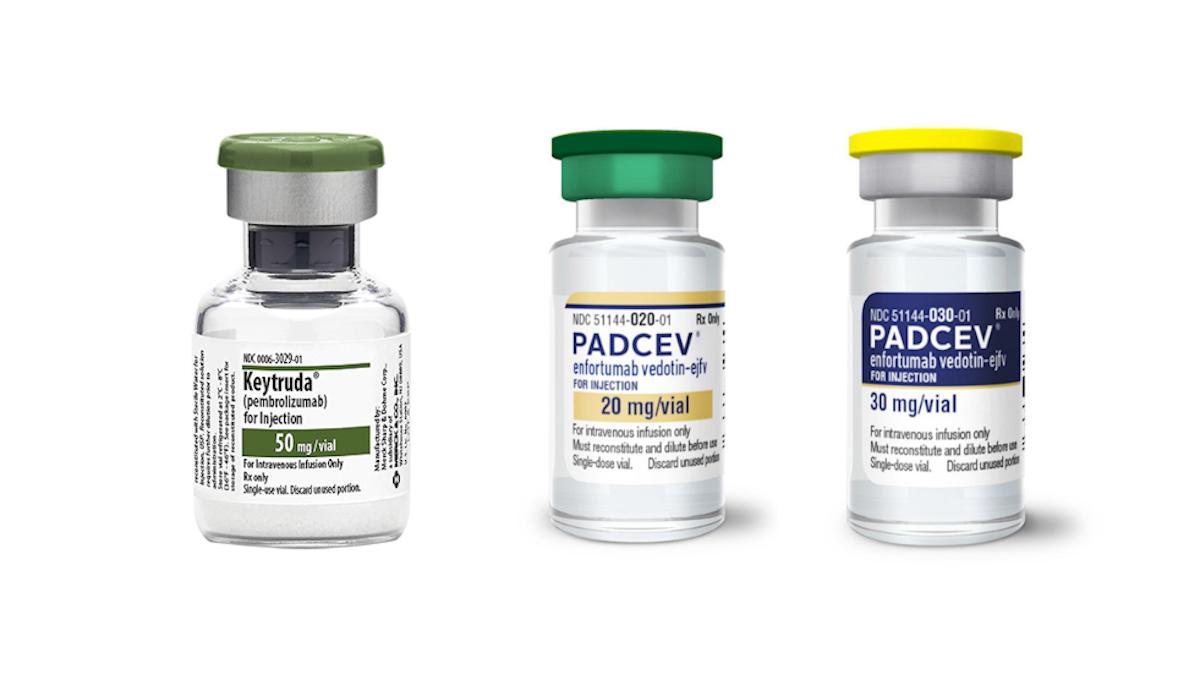UK life science competitiveness indicators 2022: measuring what matters most?

The latest life science competitiveness indicators (LSCIs) were published by the Office of Life Sciences (OLS) in July 2022. The indicators did not bring universal good news, but Leela Barham argues we need to consider whether the indicators are measuring what matters most if we are to understand more about the health of the UK life sciences industry and, most importantly, what it means for patients.
Interest in indicators
There are a lot of people who have an interest in just how well the life sciences industry is doing in the UK (and beyond), not only patients who can benefit from today’s treatments, but society more generally too. If we aren’t already, we’re all likely to be patients one day, or caregivers of one at some point in the future.
That explains why there’s been an interest for years in bringing together indicators on the industry in the UK.
The life sciences ecosystem
The 2022 LSCIs are notable not only for the worrying trends that they suggest – the ABPI said that the data should ring alarm bells across government – but also because they have been published this time alongside a narrative on the life sciences ecosystem. This is an attempt to identify today’s key drivers of success in the UK life sciences industry and a timely reminder of the dual focus of the industry on patient outcomes as well as economic growth.
Whilst it’s easy to pick holes – for example, why is only industry identified as a key player in the tax environment? – that there is a narrative like this helps to remind people that it’s not a simple input/output equation for innovation and getting treatments to patients who need them.
This effort has also been undertaken to more closely link indicators with each part of the ecosystem. This can be taken as an attempt to be a little more systematic.
What’s in the indicators…
There’s no effort to present any weighting for the indicators and stakeholders are likely to focus on those that matter most to them.
Access and uptake have been highlighted in particular by the ABPI, which said that “[the UK is] falling behind our global competitors when it comes to crucial areas like the use of diagnostics, patient uptake of new medicines, recruitment to clinical trials and pharmaceutical exports.” The Ethical Medicines Industry Group (EMIG) also highlighted access and uptake and said, “This data builds on the worrying picture presented in the previous report and clearly demonstrates the argument industry has been making to the government about the low and slow availability of new medicines in the UK. The data on uptake is particularly damning with the UK consistently falling well below the average levels of uptake observed in comparator countries.”
The 2022 LSCIs includes access by taking analysis from the European Federation of Pharmaceutical Industries and Association (EFPIA) WAIT indicators, looking at the rate of availability for new medicines in England – and for the first time, Scotland – versus other countries. The median number of days between marketing authorisation and medicines being made available is included too.
Uptake is also included by looking at the UK uptake (days of therapy) of new medicines, per capita, as a ratio of comparator countries' average.
Welcome as well is a new indicator on the availability and utilisation of diagnostic technologies. It’s a reminder about the wider context of ensuring patients get the treatments that they can benefit from most and it highlights how the NHS needs to be ‘ready’ so treatments can be used in practice, not just given the stamp of approval from the regulator and NICE.
…and what’s not
The 2022 LSCIs don’t, however, include the speed and volume of NICE Technology Appraisals that were in previous iterations. The user guide explains that these have been replaced to “allow an international comparison of access to new medicines through a standardised methodology”. That’s as may well be, but the speed of NICE’s work has an obvious impact on whether patients can have timely routinely funded access to positively appraised treatments.
NICE’s board has discussed the speed of the agency's work and the challenge of presenting the numbers. In part, this is because speed is not just down to NICE: Companies can slow things down, and COVID-19 was a reminder of external shocks to the system that can affect day-to-day work. Could capturing and presenting these complexities also be a reason to drop it from the LSCIs? The user guide notes how NICE was the original source for the speed of TAs and that they have changed the methodology behind their Key Performance Indicator (KPI). Sidestepped is exactly how it’s been changed and where the new KPI can be found.
The 2022 LSCIs also highlight – albeit in an appendix – how pharmaceutical expenditure is not currently part of the indicators. To summarise the argument, it’s too hard to compare UK spending to other countries in a meaningful way. But there are some warm words about how monitoring spend can be a useful context for understanding value for money and that this “should be looked at within the context of uptake and access to medicines.”
To be honest, though, it’s pretty hard to know just what the UK spends in any case, let alone how that compares to other countries. Better data has been emerging for England with expenditure estimates taking account of central rebates and at least England is the biggest share of the market, but there’s no headline figure for real spending for the UK.
The latest iteration of indicators and invitation for feedback
As ever, the same thing comes back in new guises. Indicators from the 2000s were captured in the Pharmaceutical Industry Competitiveness Task Force (PICTF) Indicators. The July 2022 LSCIs are the eighth version. They are a stripped-down version with 29 indicators; the 2005 PICTF had 46.
PICTF used to present the marginal rate of corporation tax, something that has become more relevant today because rebates from companies are predicted to be even higher than corporation tax in 2023. Maybe it’s time for a throwback?
However, the evolution of PICTF to LSCIs and the latest iteration of these, just shows how it’s tricky to decide what to measure – let alone what it is possible to measure with meaning – and the balance between seeing the wood for the trees. There’s no such thing as a perfect set of indicators and the efforts to improve the LSCI are welcome.
The OLS says it welcomes user feedback, including any changes for the future. I vote to bring back the speed of NICE appraisals, including a breakdown for who drives this; companies, NICE, or something else. And why not complement new data on access and uptake in Scotland and add in the speed of the Scottish Medicines Consortiums (SMC) recommendations too? Stakeholders should take the option to give feedback and share their views on what they would find most useful.
About the author
 Leela Barham is a researcher and writer who has worked with all stakeholders across the health care system, both in the UK and internationally, on the economics of the pharmaceutical industry. Leela worked as an advisor to the Department of Health and Social Care on the 2019 Voluntary Scheme for Branded Medicines Pricing and Access (VPAS).
Leela Barham is a researcher and writer who has worked with all stakeholders across the health care system, both in the UK and internationally, on the economics of the pharmaceutical industry. Leela worked as an advisor to the Department of Health and Social Care on the 2019 Voluntary Scheme for Branded Medicines Pricing and Access (VPAS).












